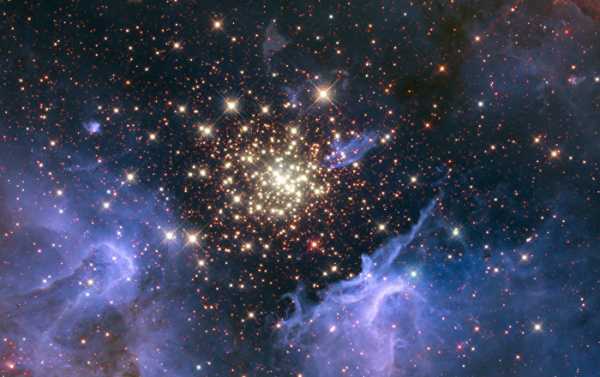
Cosmic rays reach our planet Earth, crashing into the atoms in the upper layers of the atmosphere, causing them to burst further, with particles from the explosion triggering a snowballing chain reaction that even goes through human bodies.
Cosmic rays have always stunned scientists, as they penetrate space at lightning speed, with some carrying such great loads of energy in them that physicists are wondering what object in the universe could have given rise to them, Vox reported, adding that some things are certain – many are much too powerful to have originated from the Sun or an exploding star.
To flesh out the truth, physicists are now conducting several major experiments to determine the origins of the cosmic rays, but for now, “our theoretical physicist colleagues are perplexed”, Dr Charles Jui, a physicist at the University of Utah, noted. One of the issues cited is that the rays in question don’t travel in straight lines – a massive stumbling block in the research.
“We also can’t figure out where they’re coming from. This is some of the most violent phenomena in the universe”, the researcher argued.
When the particles in cosmic rays collide with the atoms in the upper layers of the atmosphere, they burst, tearing atoms to tatters in the violent collision. The particles from that explosion then keep bursting apart other bits of matter, in a snowballing reaction. Fortunately, the rays do not appear to affect human beings, although they are powerful enough to go through human bodies.
The experiments are being conducted at Drexel University in Pennsylvania, as well as in Utah, where scientists are carrying out a study called the “telescope array”, and also at the Pierre Auger observatory in Argentina, and at the IceCube Observatory at the South Pole Station in Antarctica.
Some clues to the origins of the rays have already trickled in, the edition wrote. The Pierre Auger Observatory boasts some hitherto not conclusive data that some of the high-energy rays consisting of super-mighty particles come from starburst galaxies – ones that are forming stars at a very high rate.
Separately, Jui’s group has come to the conclusion that about a quarter of the most powerful cosmic rays observed originate from a circle equal to no more than six percent of the size of the night sky, near the Big Dipper constellation.
Last summer, scientists at the IceCube observatory published intriguing evidence that galaxies called blazars produce some of these high-energy particles.
The most powerful cosmic ray particle, which went down in history as the “Oh My God” particle, was two million times more powerful than the Large Hadron Collider, the world’s largest particle accelerator.
Sourse: sputniknews.com






